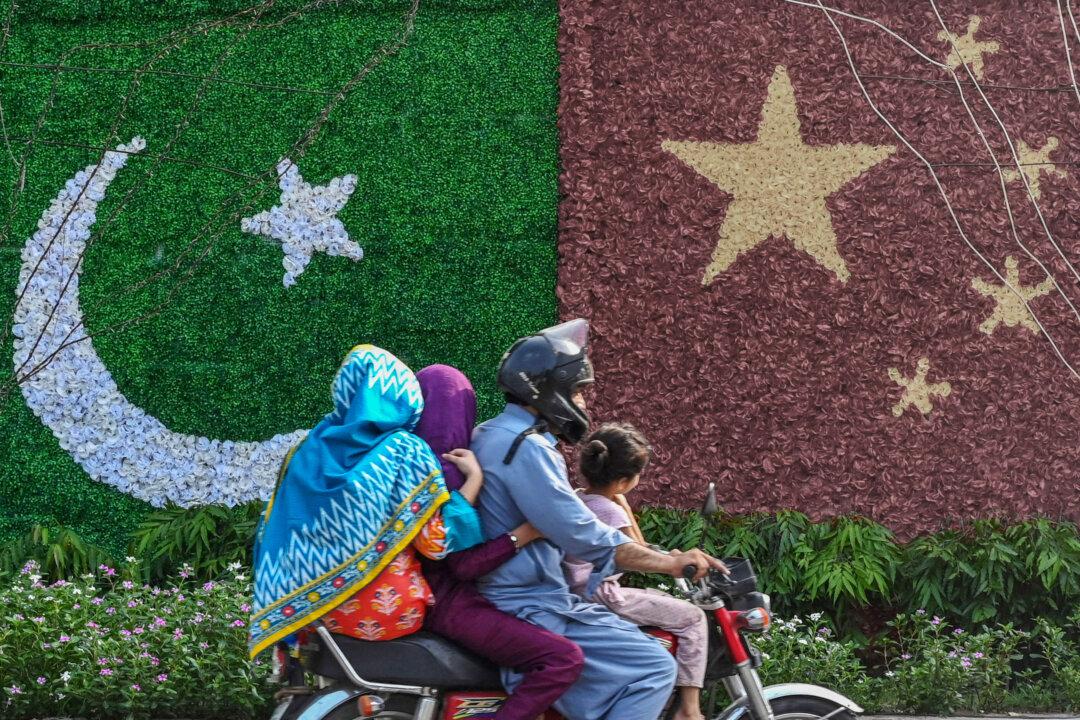Commentary
China’s investments in Pakistan have a dark side. They waste domestic resources, promote corruption, and leave the country heavily indebted to Beijing, which could turn Pakistan into another Sri Lanka.

China’s investments in Pakistan have a dark side. They waste domestic resources, promote corruption, and leave the country heavily indebted to Beijing, which could turn Pakistan into another Sri Lanka.